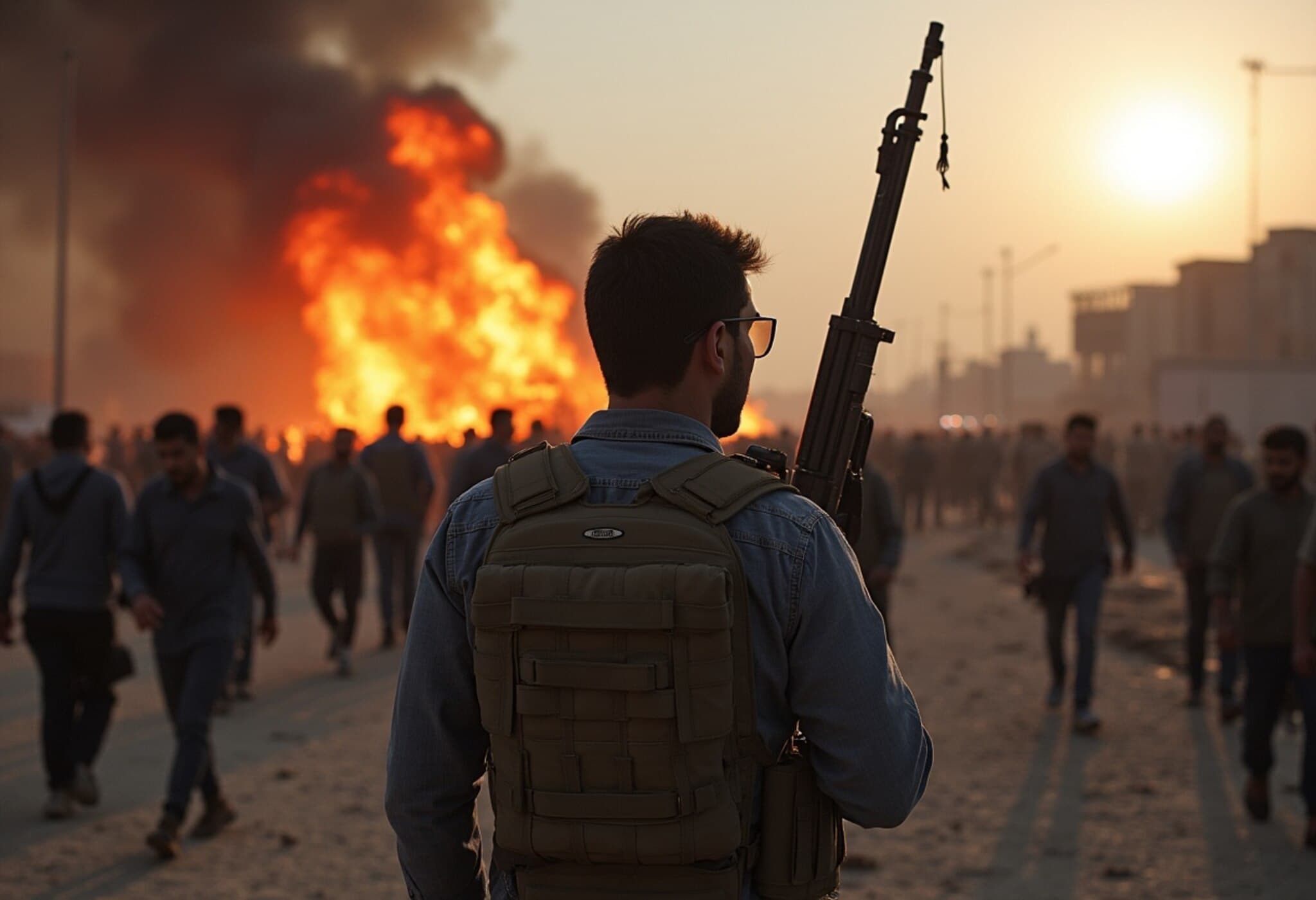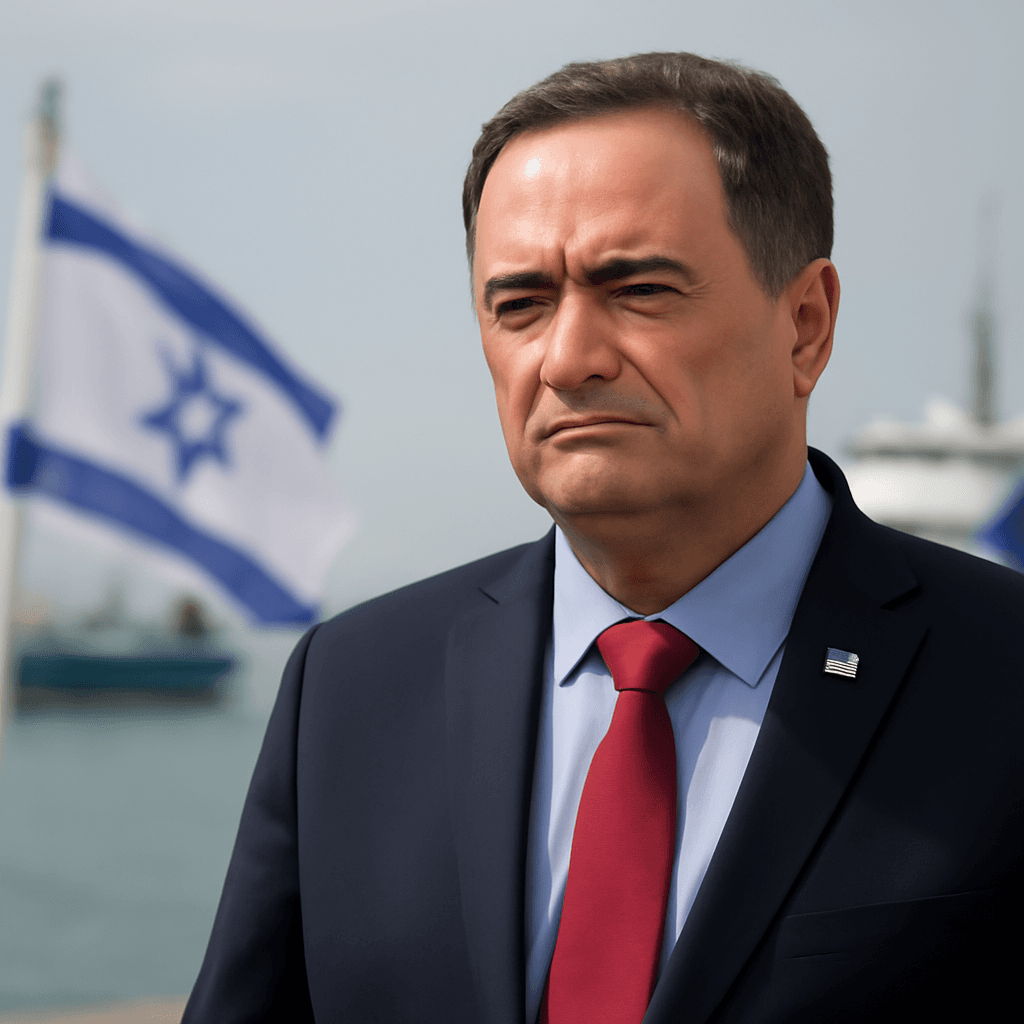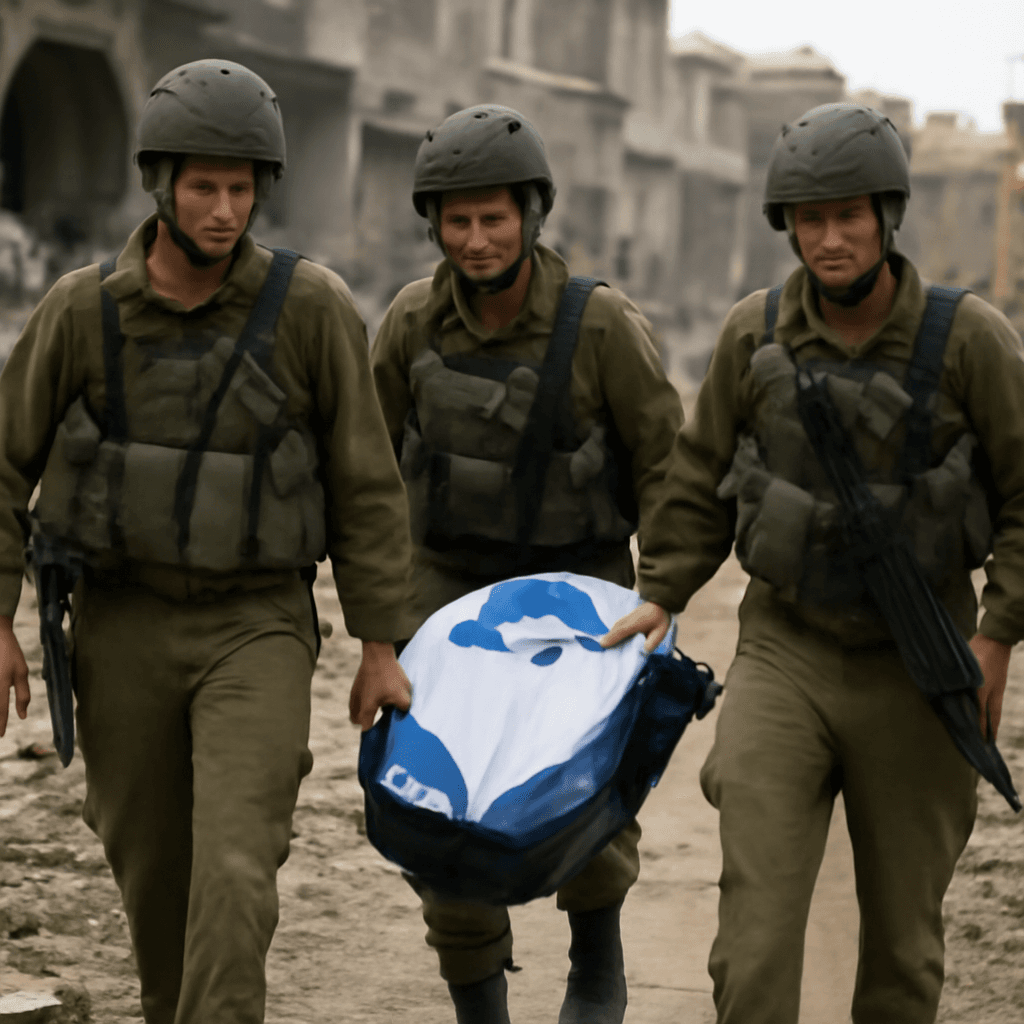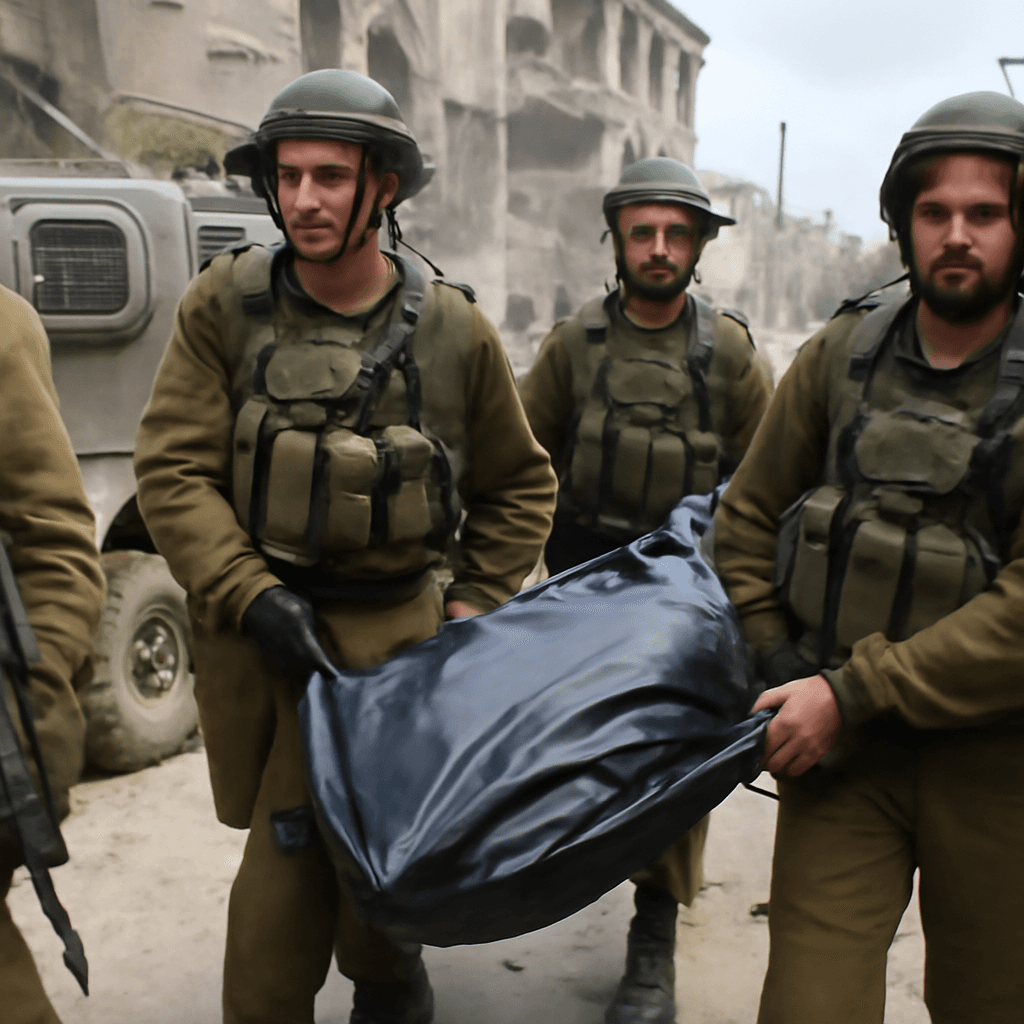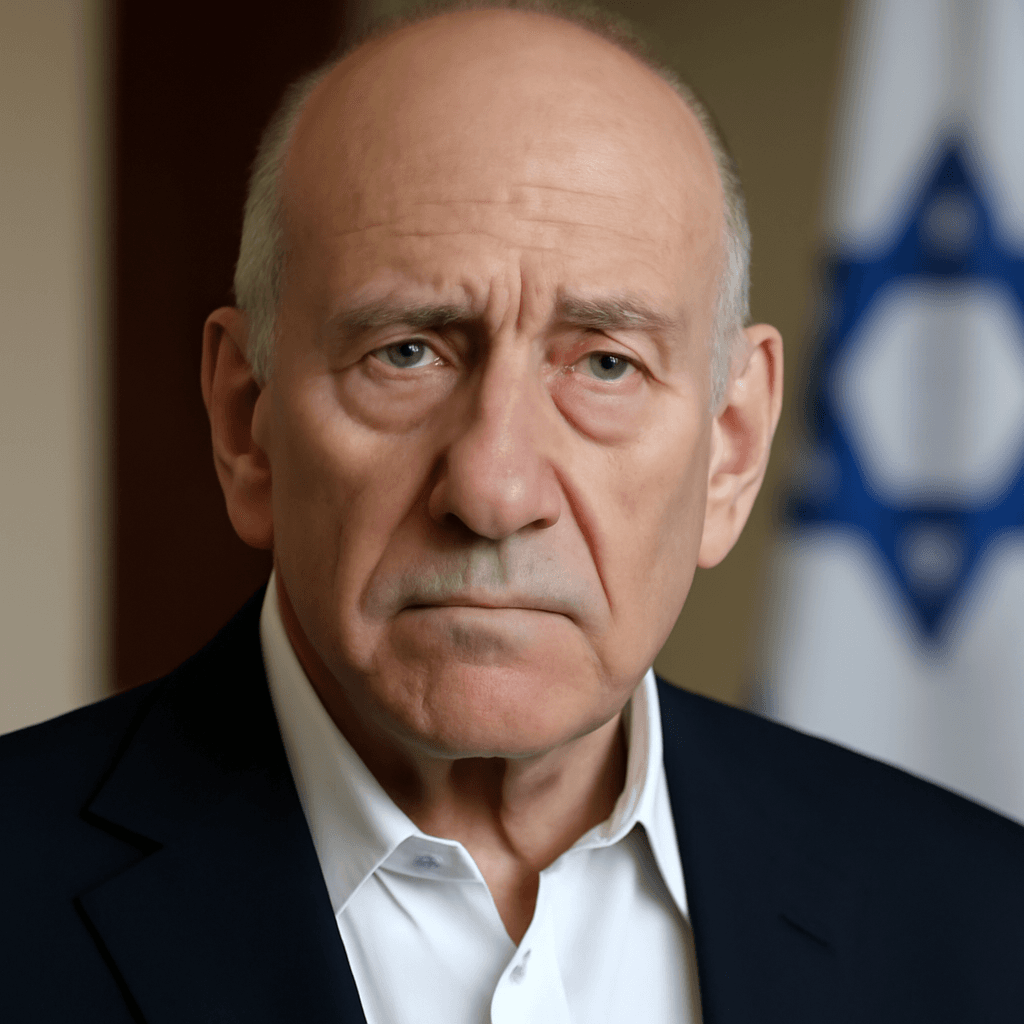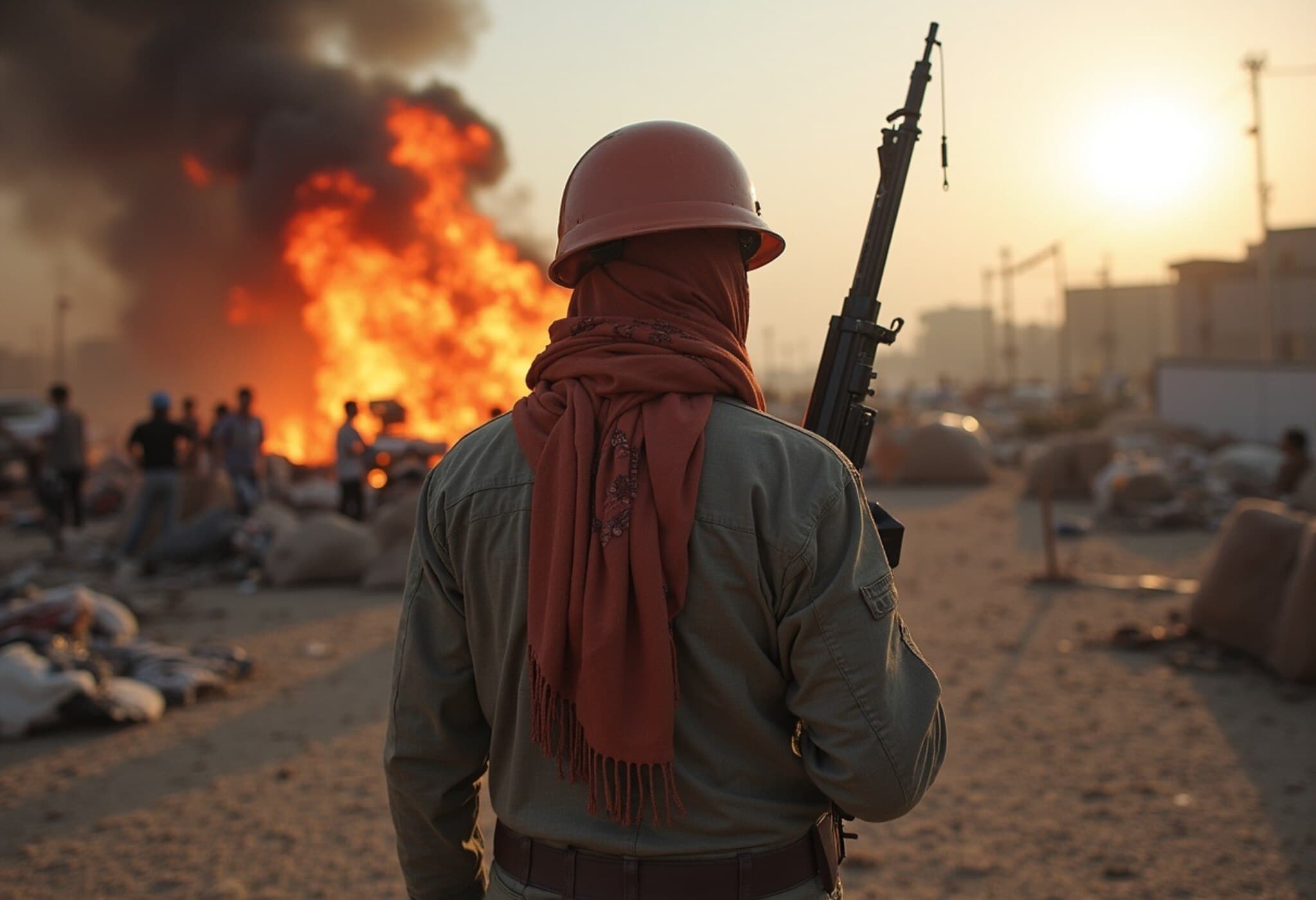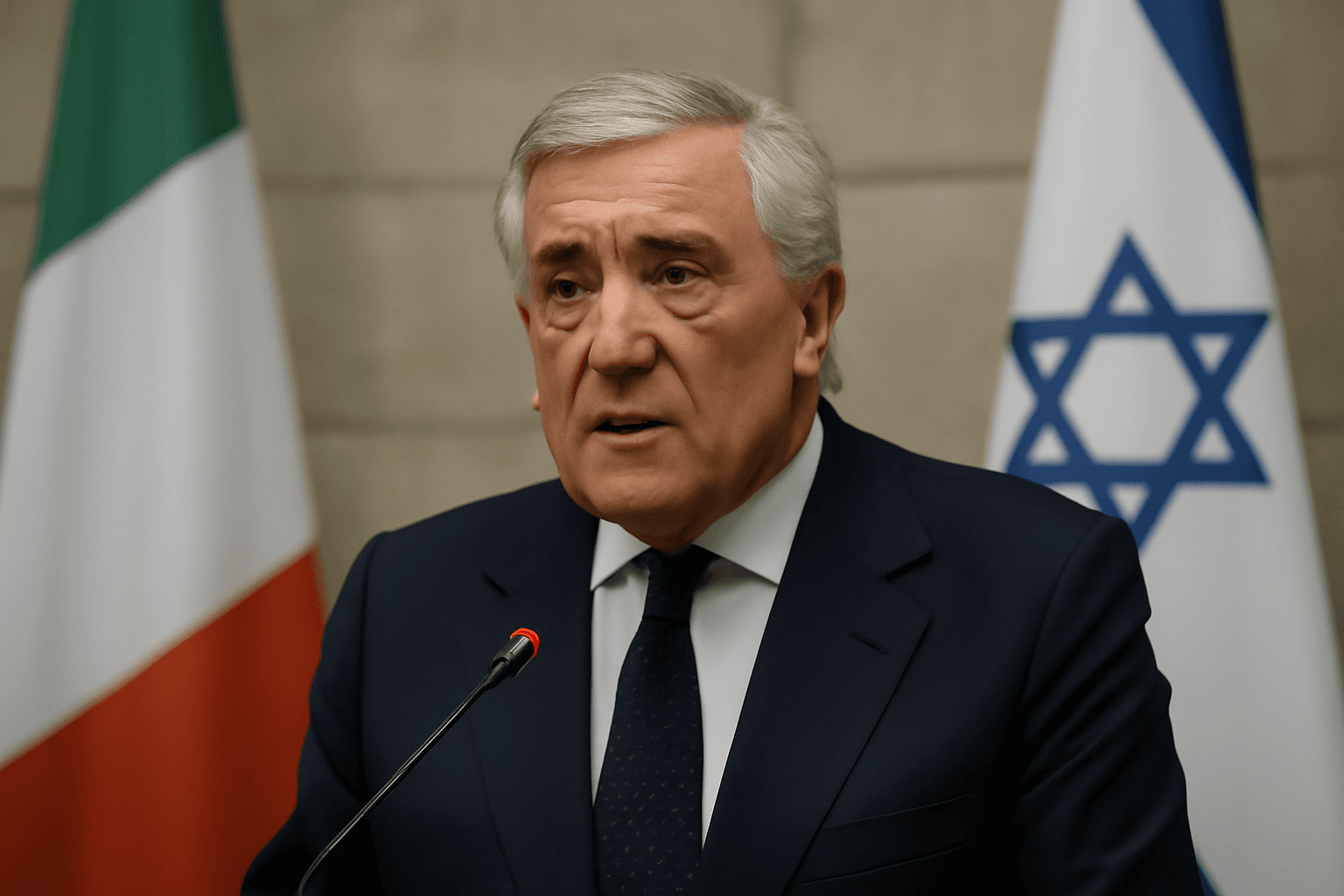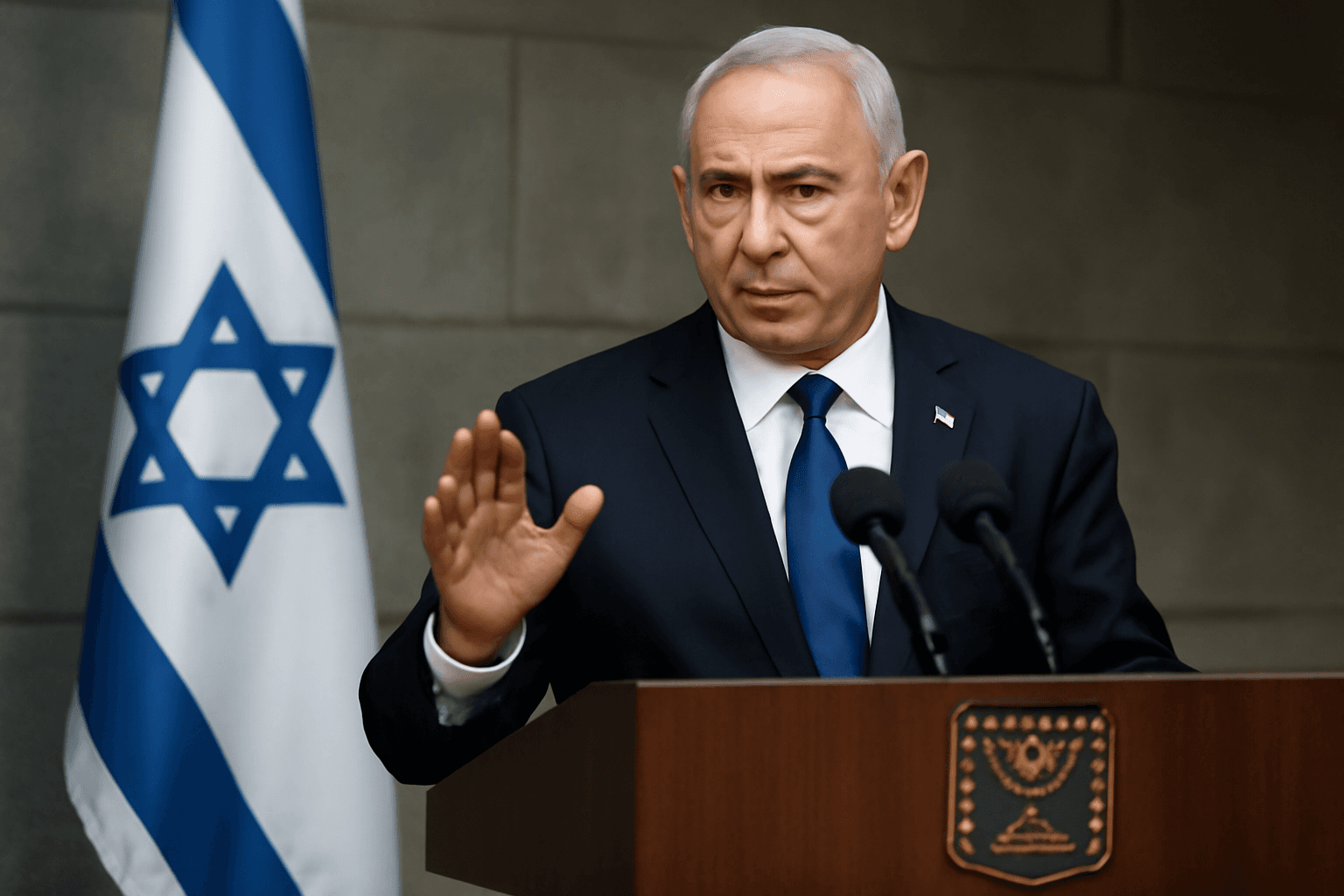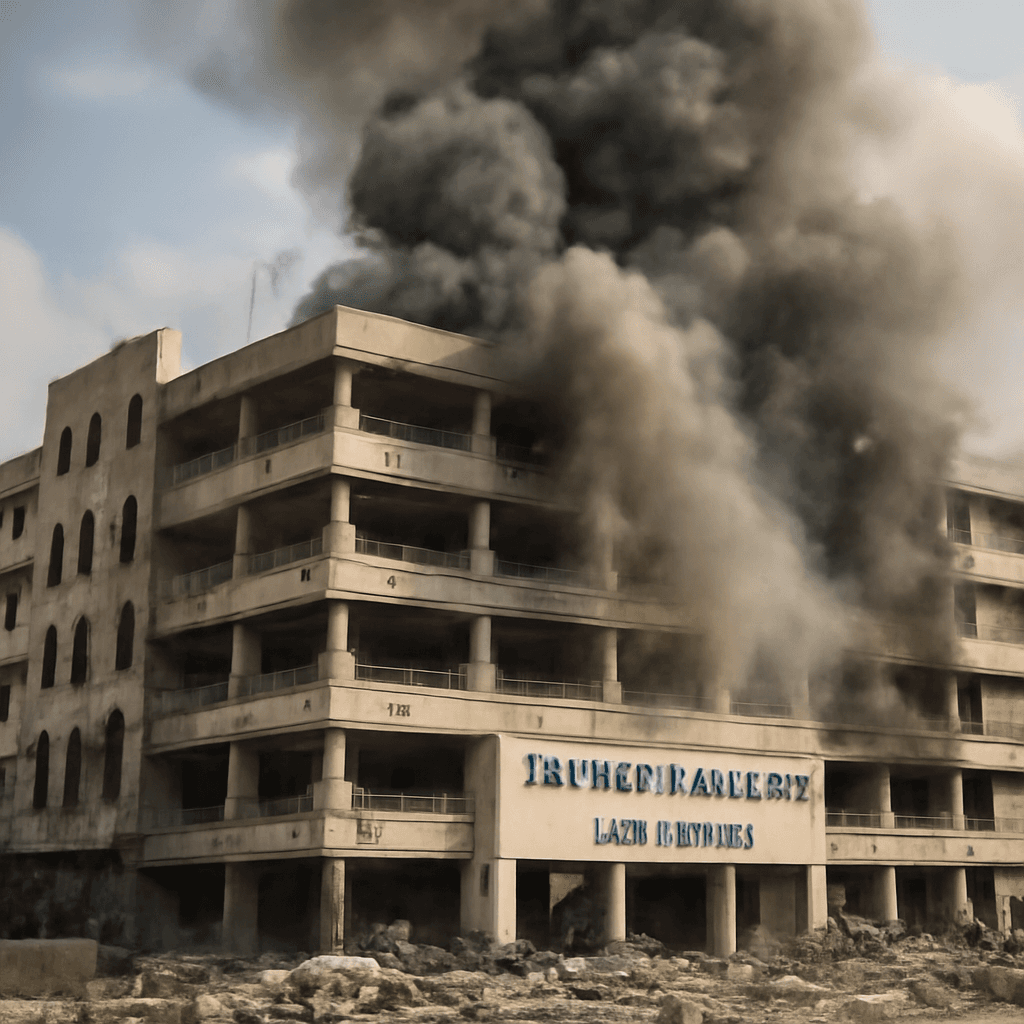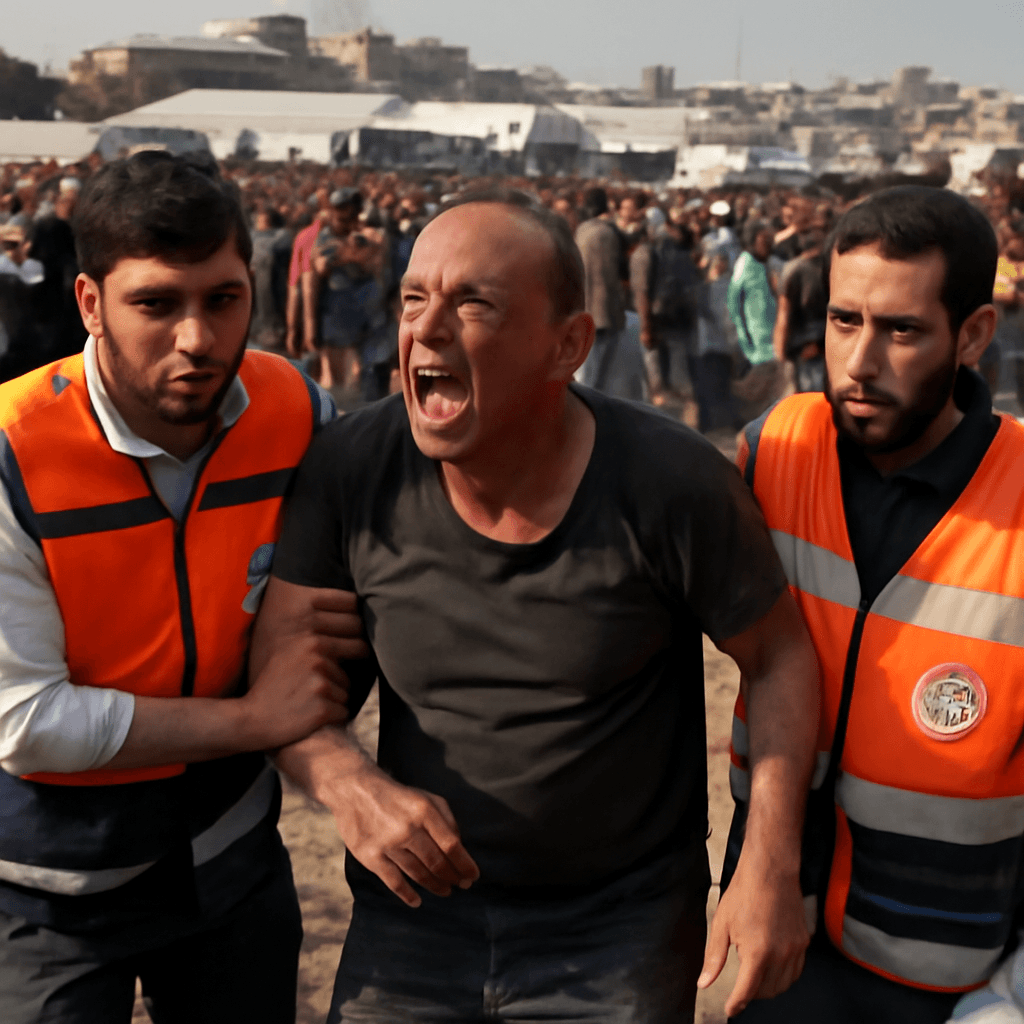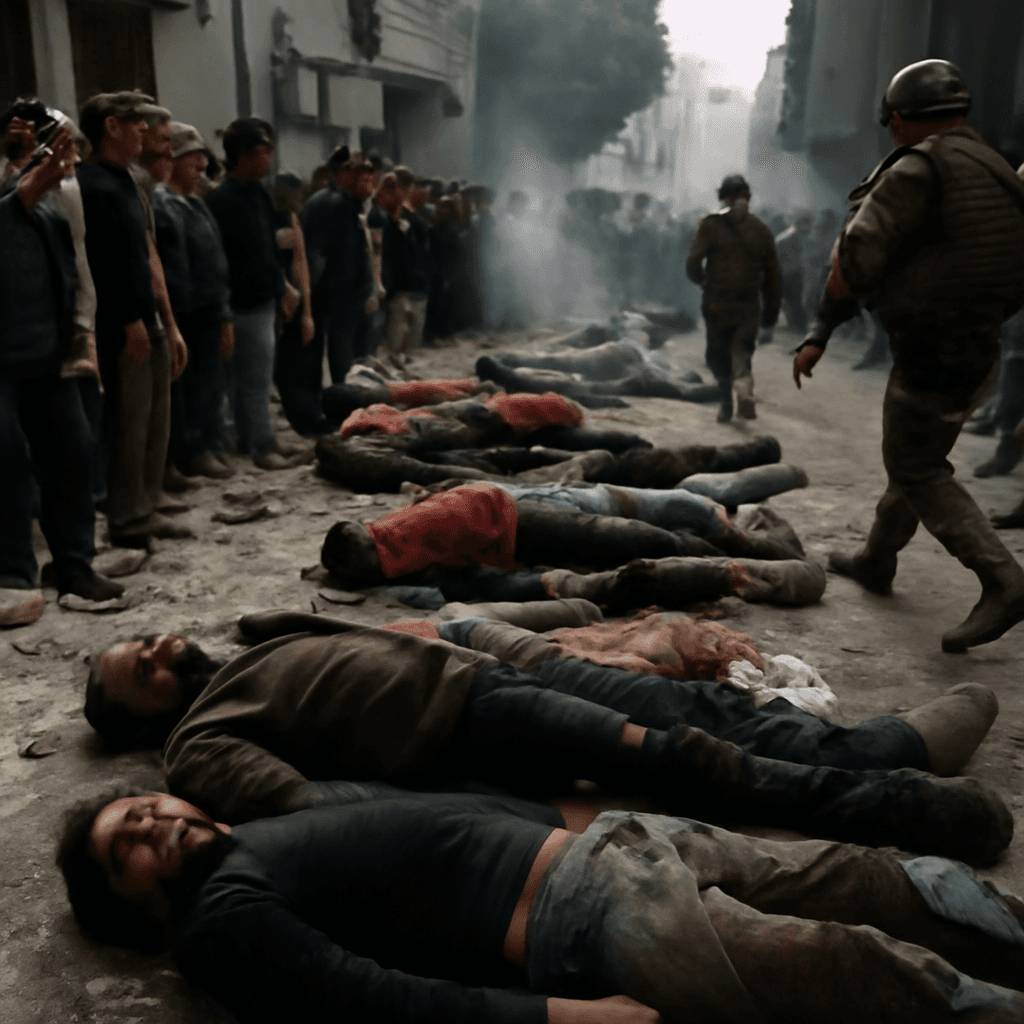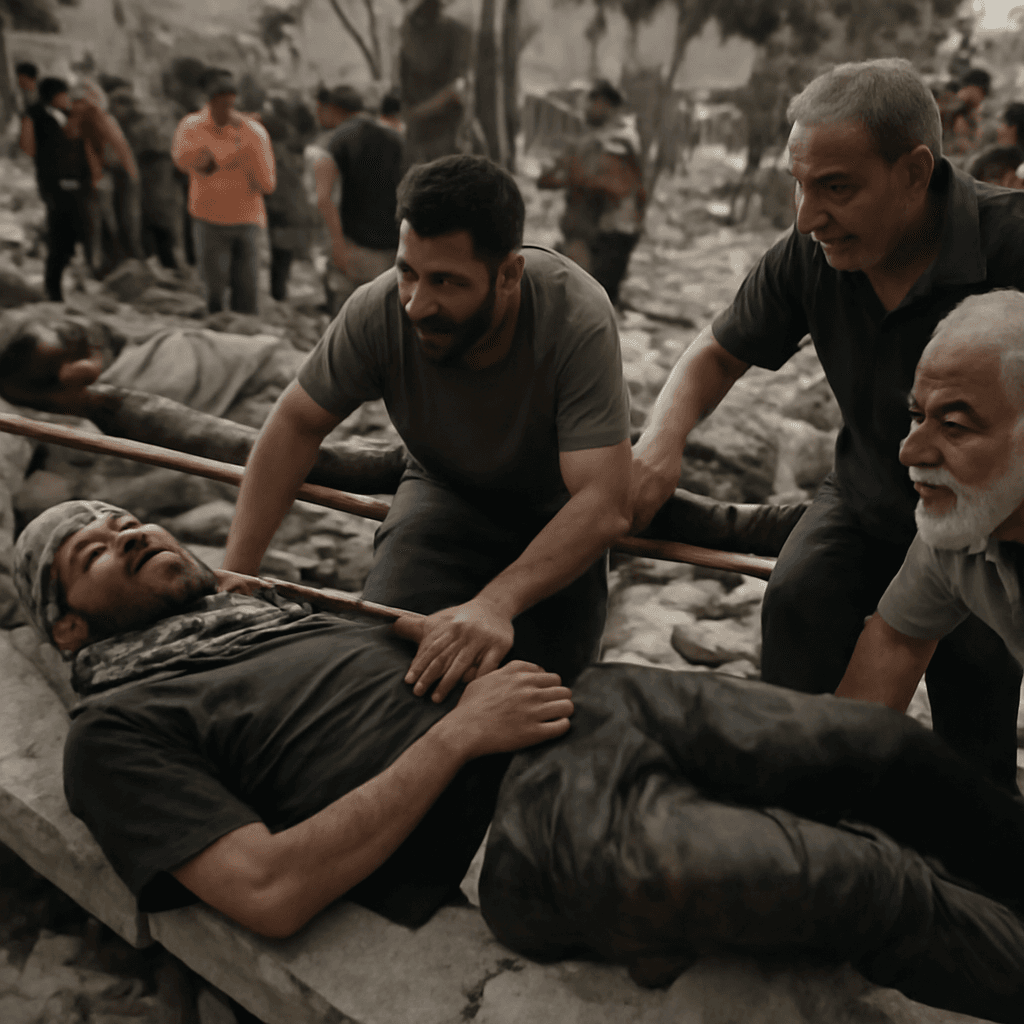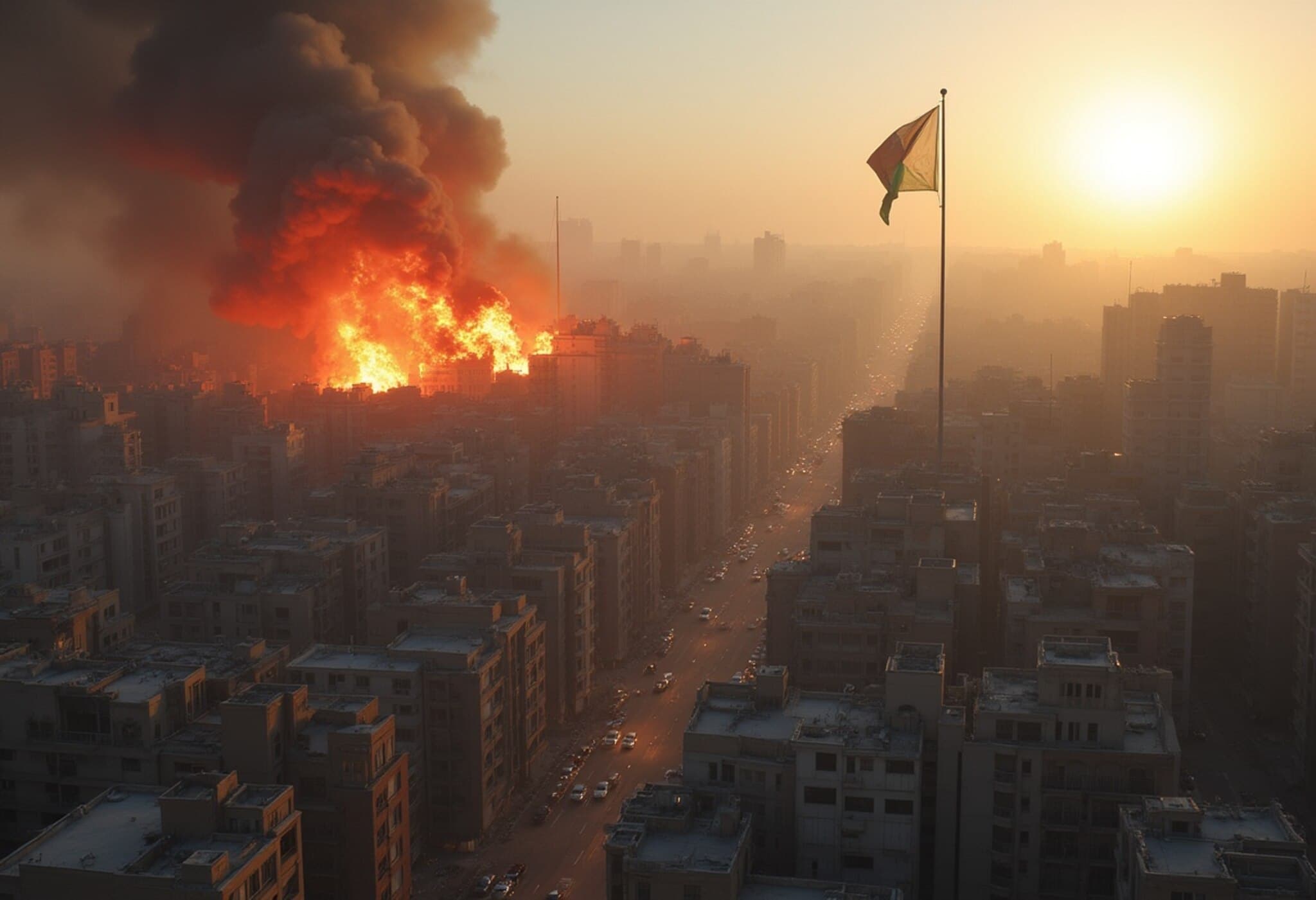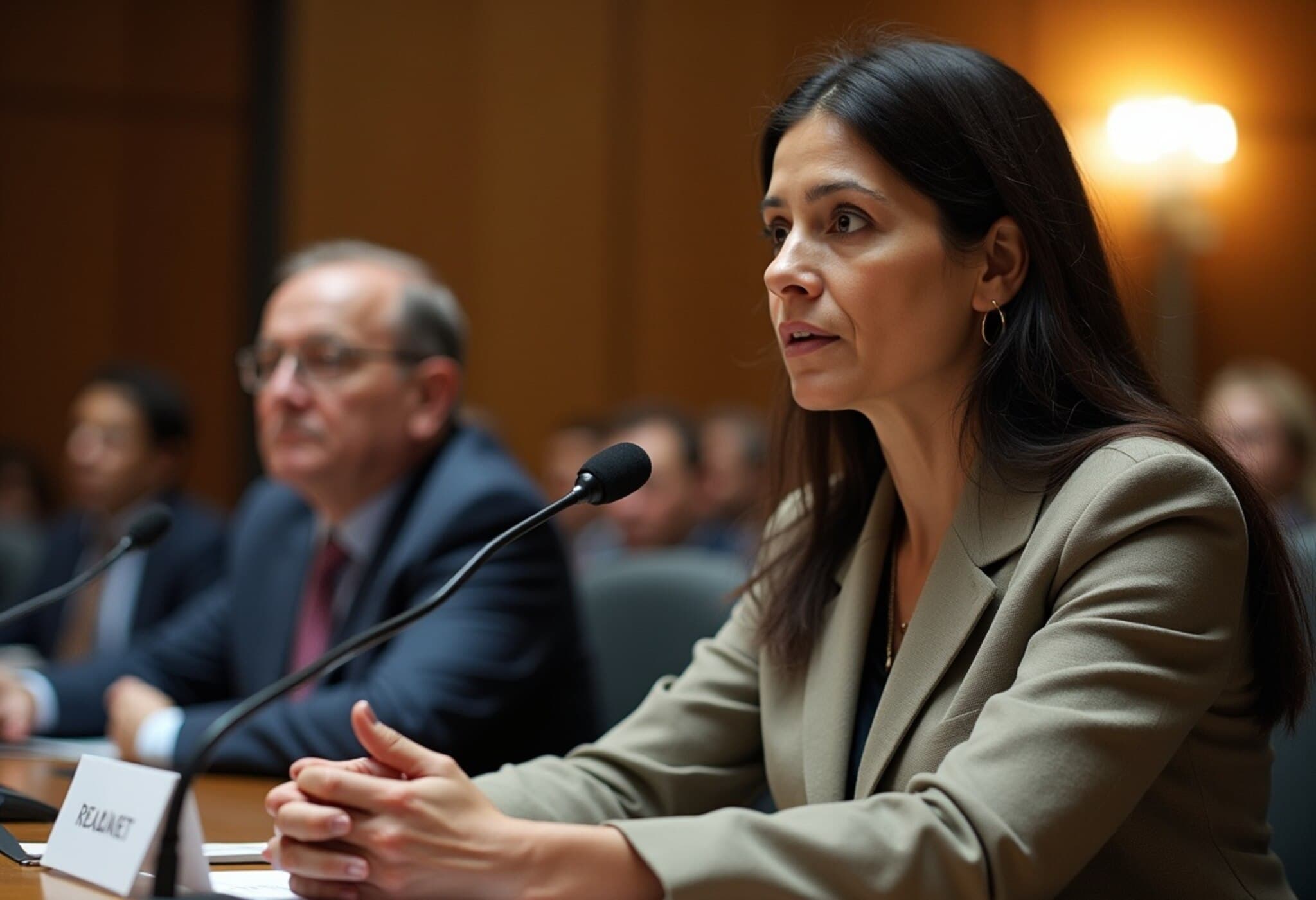Renewed Talks on Gaza Ceasefire Face Hurdles Over Hostage Release
As tensions continue to grip the Gaza Strip, efforts to broker a US-backed 60-day ceasefire between Israel and Hamas have hit a critical impasse. Despite initial optimism fueled by mediation efforts from Egypt and Qatar, Israel remains steadfast in demanding the complete release of hostages, rejecting proposals that suggest partial exchanges.
Background: The Ceasefire Proposal
The proposed agreement, championed by regional mediators Egypt and Qatar and supported by US diplomatic initiatives, outlines a complex prisoner exchange. Under the tentative terms, Israel would release 200 Palestinian prisoners along with a number of imprisoned women and minors, in return for 10 living hostages and the remains of 18 others captured by Hamas. However, sources close to the negotiations report that Hamas seeks the release of hundreds more detainees from Gaza, complicating the discussions.
Israel’s Firm Position Amid Calls for Peace
While Israel has not dismissed the ceasefire outright, government officials emphasize that a partial deal falls short of their conditions. Spokesperson David Mencer stated unequivocally that Prime Minister Benjamin Netanyahu’s administration is “not interested in partial deals,” highlighting a strategic pivot toward a long-term vision for Gaza's future rather than temporary ceasefire measures.
An Israeli political source echoed this sentiment, stressing that Israel’s cabinet demands the unconditional release of all 50 hostages. The official described Israel’s policy as consistent and unwavering, asserting that the country is entering the “final decisive stage” in its campaign against Hamas and will not proceed without securing the return of every captive.
Humanitarian Stakes and Regional Diplomacy
Egypt’s Foreign Minister Badr Abdelatty underscored the urgency of the ceasefire for facilitating humanitarian relief. He highlighted that the agreement could enable immediate aid flows, addressing acute shortages and starvation within Gaza. Abdelatty conveyed that the onus now rests with Israel to respond positively to the proposal, emphasizing the dire civilian toll from continued hostilities.
The US, through its Middle East envoy Steve Witkoff, has continued to push for negotiations aimed at halting the violence. However, diplomatic observers note that Israel’s stringent demands and Hamas’s broad requests for prisoner releases signal a protracted and complex negotiation ahead.
Unseen Dimensions: The Hostage Crisis and Wider Implications
This stalemate is emblematic of a deeper challenge facing peace efforts in the region—the unresolved status of hostages captured during Hamas’ attack in October 2023. The emotional and political weight of these captives influences public opinion and government policies on both sides. Israeli society demands accountability and the safe return of every hostage, while Palestinian factions leverage prisoner releases as a key bargaining chip.
Additionally, the proposed ceasefire plays into broader US and regional strategic interests, with humanitarian concerns intersecting with geopolitical calculations. The risk remains that continued delays or perceived insensitivity to civilian suffering could exacerbate regional instability and fuel further radicalization.
Key Takeaways
- Israel insists on the full release of all hostages as a precondition to any ceasefire.
- Hamas and mediators propose releasing 200 prisoners in exchange for a partial hostage release, a deal Israel finds insufficient.
- Humanitarian aid flow to Gaza is a major objective, prompting urgent calls from Egypt and international actors.
- The negotiations reflect the intricate balance between military objectives, humanitarian needs, and political realities.
Editor’s Note
As the world watches this fraught negotiation unfold, the fundamental question remains: can the competing priorities of security and humanitarian relief be reconciled without sacrificing justice and dignity for hostages and civilians alike? The evolving situation challenges policymakers to consider innovative pathways toward a sustainable peace while addressing the immediate human cost of conflict. Readers are encouraged to reflect on the human stories behind the headlines and the profound complexities shaping the fate of Gaza and Israel.

